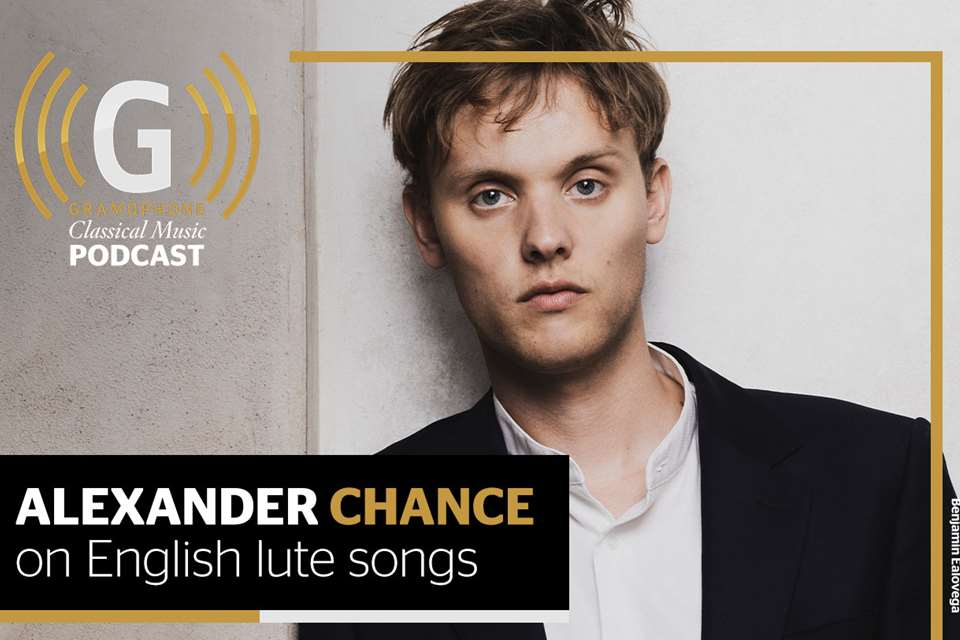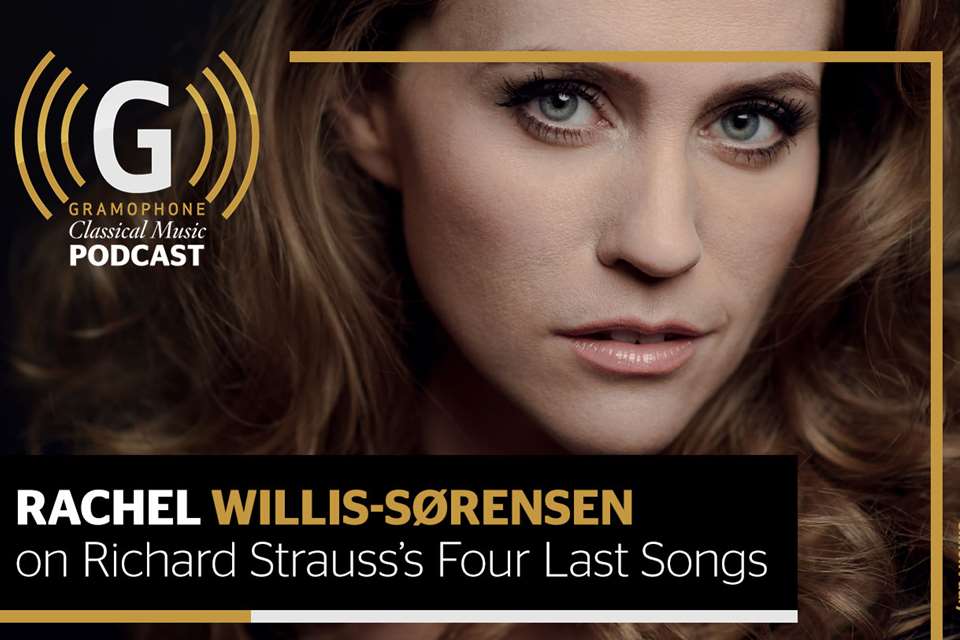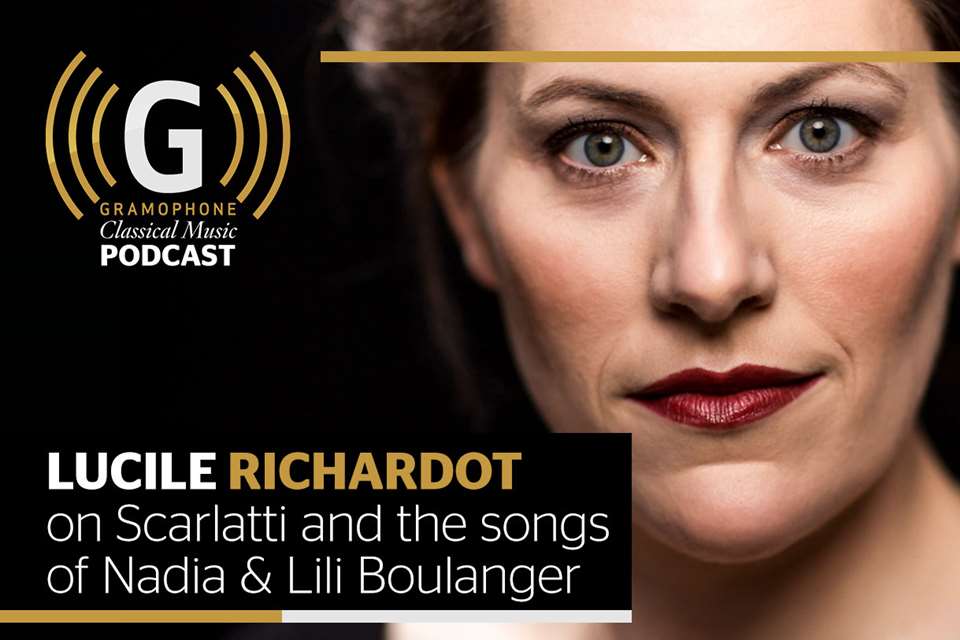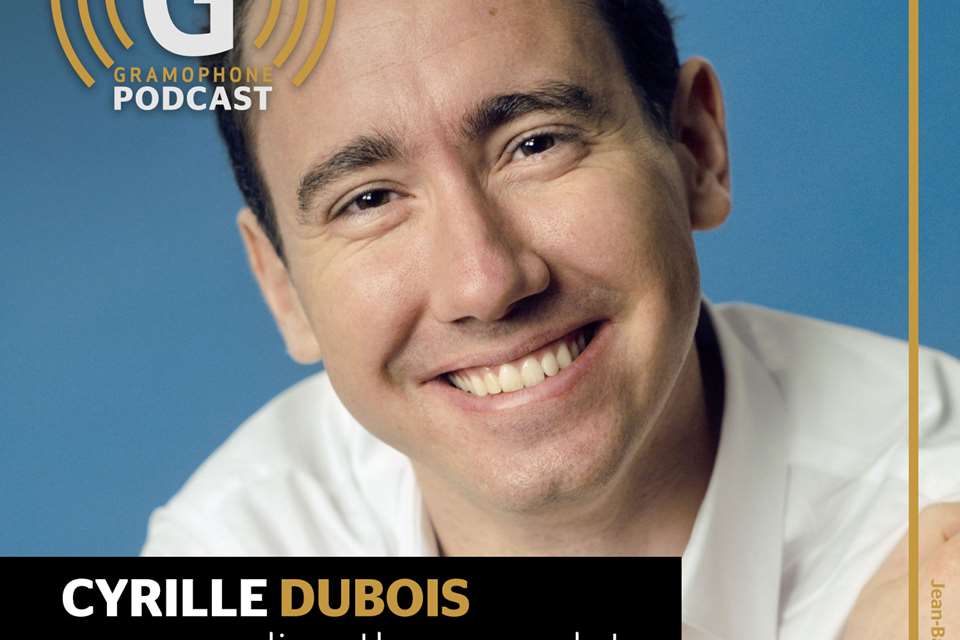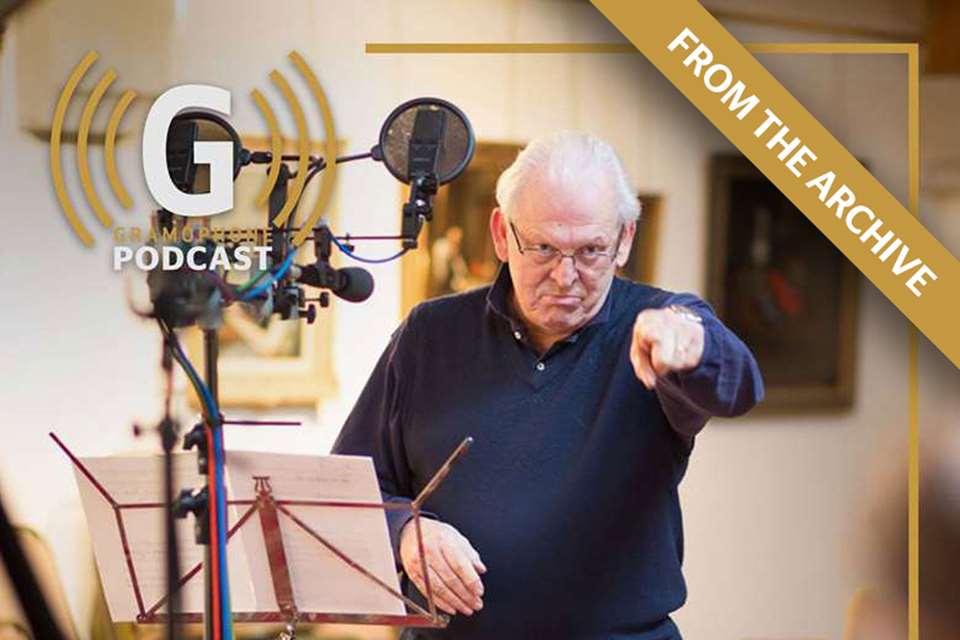The art of the song recital
David Patrick Stearns
Wednesday, July 26, 2023
David Patrick Stearns talks to leading pianists, singers and composers shaping the art song tradition for today
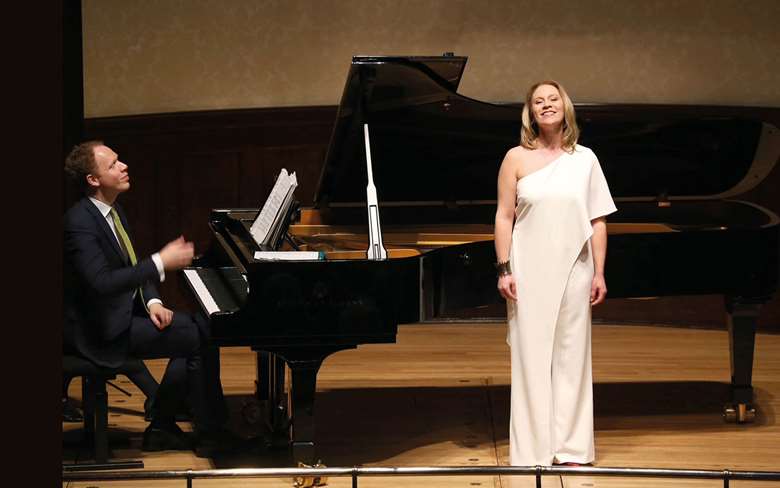
Register now to continue reading
Thanks for exploring the Gramophone website. Sign up for a free account today to enjoy the following benefits:
- Free access to 3 subscriber-only articles per month
- Unlimited access to our news, podcasts and awards pages
- Free weekly email newsletter




